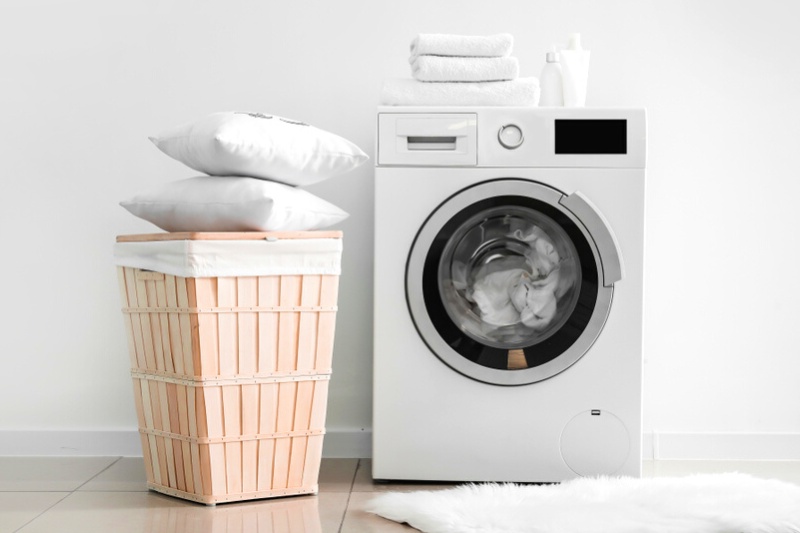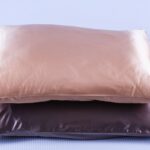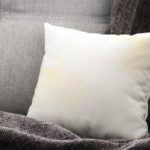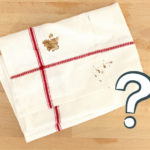Have you ever sat down and thought about how often you need to wash your pillowcases?
Maybe you just toss the cases in the washer alongside your other bedding and don’t even give the topic a second thought!
But spare a few minutes right now to think the question over. Knowing how often you need to carry out this cleaning task may be more beneficial than you might think.
How Often to Wash Pillowcases
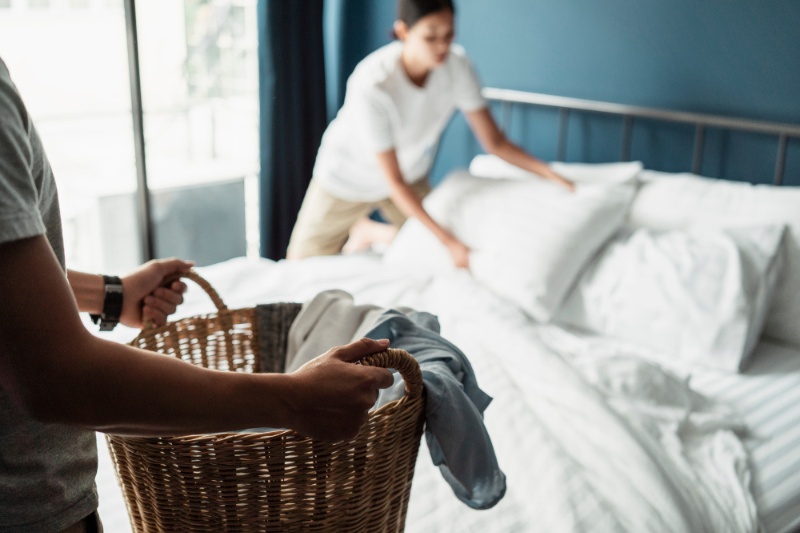
You should aim to clean your pillowcases at least once a week. But to be extra safe, you could clean the cases every few days if you wanted to, this is especially true if you have a skin disorder like acne or eczema that could be irritated by you sleeping on a grimy pillowcase.
But why should you clean your pillowcases every week? I hear you ask!
The answer is simple. Your pillowcases are some of the dirtiest spots in your home!
The surface of a pillowcase can be covered in sweat, oils, sebum, dead skin cells, moisturisers, saliva (drool), makeup, pet dander, pollen, wee and poop and so on!
Given the fact that the list of potential detritus that can coat pillowcases is endless, and that you spend roughly a third of your life either sleeping or trying to get to sleep, it would be a good idea to make sure that the area your face makes contact with on a regular basis is clean!
To reinforce the point above, the NHS recommends that you need at least 7-9 hours of sleep per day. Assuming that you get a minimum of 7 hours of sleep a day, that’s roughly 49 hours of time spent in bed per week sleeping (not including time spent trying to get to sleep and when in bed but awake).
A whopping 49 hours is a massive amount of time for gunk to settle onto the pillowcases. So, why would you want to snuggle down and allow your face and head to rest on such a dirt-filled pillowcase on a daily basis?
Surely, you’d want to sleep on a relatively grime-free pillowcase every single day. That way, you can rest knowing that you aren’t smudging days’ worth of old dirt into your face, hair and eyes, and you’re not clogging your pores up with gunk at the same time!
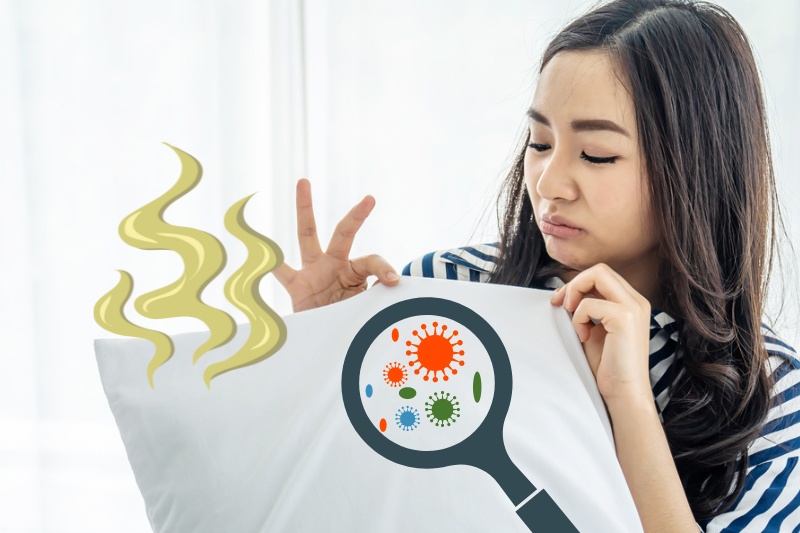
Further to this, humans lose, on average, 500 million skin cells every day, given that you spend several hours a day in bed, it’s safe to assume that your bed is littered with dead cells (amongst other things!).
These dead skin cells might not cause significant problems for you, the sleeper, but the fact that they make an excellent feast for dust mites can be an issue.
Dust mites are tiny, microscopic insect-come-pests that thrive in environments where there are dead skin cells to munch on. You won’t be able to see these unwanted companions, but they’re there!
There’ll be a huge number of dust mites on a single pillowcase, and although they might not cause issues in every home, they can trigger allergies and asthma-related issues for some individuals.
Plus, they tend to leave invisible-to-the-naked-eye poop on pillowcases. So, you’d need to clean the pillowcase to remove this waste product from the surface. Yucky!
Finally, as noted earlier, you can’t always see every dirty patch on a pillowcase, but sometimes you’ll get yellow stains on your cases.
These marks are generally caused by the case being exposed to various bodily fluids, sweat and even hair products over a period of time.
They’re often an eyesore, and you should definitely avoid rubbing up against these patches too much!
What Happens If You Don’t Wash Pillowcases Often?
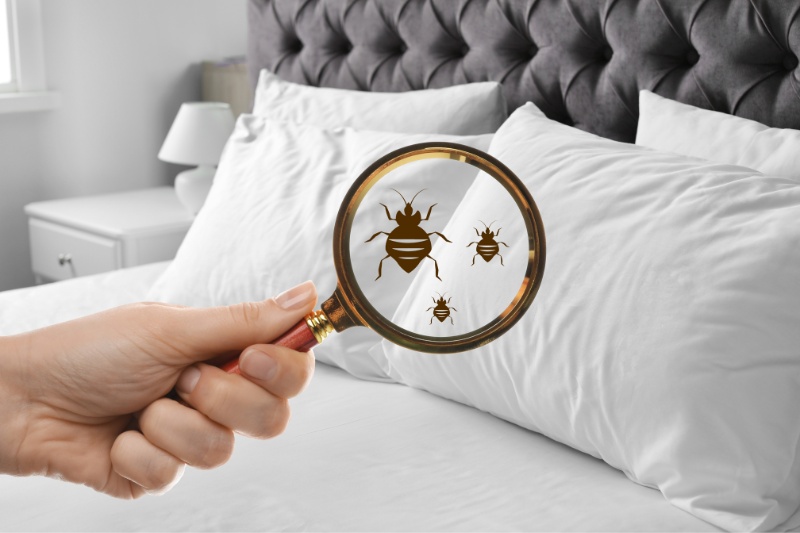
Here’s a recap of what will happen to your pillowcases if you don’t clean them:
- Bacteria will build up on the surface. This grime is the result of lots of sweat, other bodily fluids, and grime coating the surface.
- As noted, as well as invisible dirt piling up onto the pillowcase, some dirt will be visible, like makeup, general stains and spillages. If allowed to fester, these blemishes can leave permanent damage, or if they’re food-related, can become quite stinky and mouldy.
- An excess of dirt on a pillowcase can cause allergies to flare up. For example, dust mites can trigger an asthma attack. And too much pollen on a pillowcase can trigger someone’s hay fever and give them a runny nose and sore eyes.
- An unwashed pillowcase can also cause or aggravate pre-existing skin problems/irritation/clogged pores. In turn, the skin could become red and itchy, and acne could flare up.
- As noted earlier on, if you don’t wash your pillowcases, they will become a home for dust mites and their excrement.
- If you don’t maintain your pillowcases, they will become discoloured and stained, as well as smelly. If your pillowcases are extra aromatic, you may have trouble sleeping at night. In turn, this can lead to disrupted sleep and can give rise to other sleep-related problems. Why take the risk? Just wash the pillowcases frequently.
How to Wash Pillowcases
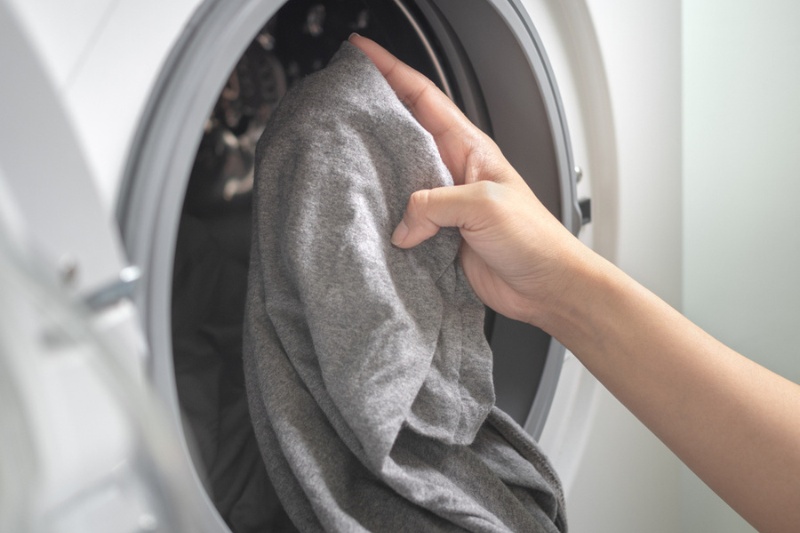
In the washing machine
Here’s a quick guide to machine-washing pillowcases:
- Check the tags on your pillowcases to see how they should be cleaned. If they can be machine washed, do so, but adhere to the washing instructions you are given. If you need to hand wash a pillowcase, do so.
- Check what material your cases are made from and choose a suitable detergent to clean the items with.
- Pre-treat any stains on your cases with some liquid detergent beforehand.
- Turn your pillowcases inside out.
- Pop the cases in a mesh laundry – to stop them from tumbling around in the machine.
- Choose the correct cycle and water temperature for the material – if washing silk pillowcases, always choose a delicate cycle.
- Start the wash.
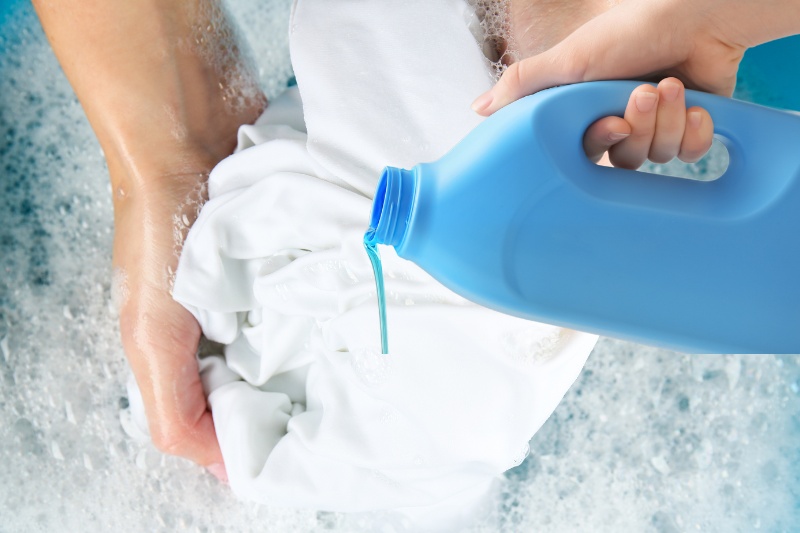
By hand
Here’s a quick guide to hand-washing pillowcases:
If you need to hand-wash your pillowcases, ensure the area you’re going to wash your cases in is clean, and then fill it with cold water and a suitable detergent.
Add one pillowcase at a time to the liquid. Then, agitate the case gently in the water to dislodge the dirt. When you’re done cleaning, rinse the pillowcase clean under the tap. You can then repeat this process for the rest of your pillowcases.
To dry pillowcases, lay a single pillowcase flat on a towel and roll it up to remove liquid from it and then leave it flat out on the towel to air dry.
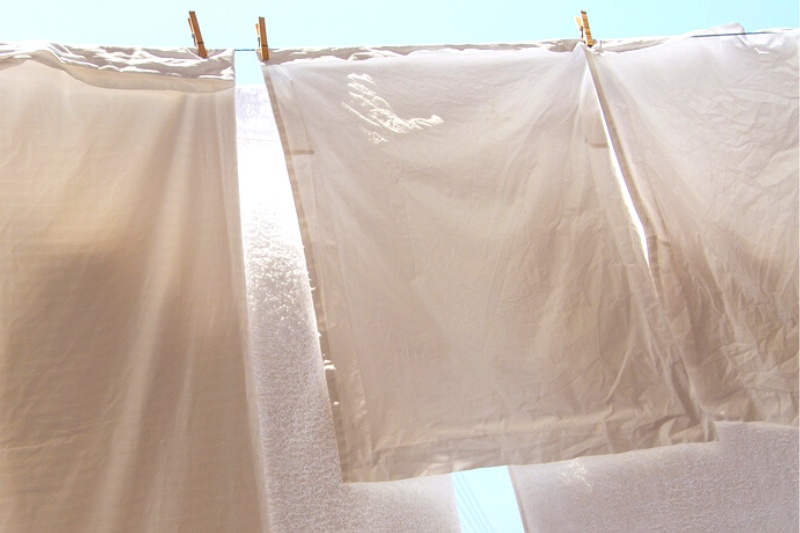
Alternatively, you could hang the pillowcases up on a washing line to dry but check the care label on the item(s) before you do this.
In some cases, you can use a tumble dryer to dryer to dry your pillowcases, but as always, check the care label before doing this. And if you can use a machine to dry your pillowcases, make sure you choose a short cycle that uses a low temperature.

Bethan has a passion for exploring, reading, cooking and gardening! When she’s not creating culinary delights for her family, she’s concocting potions to keep her house clean!
